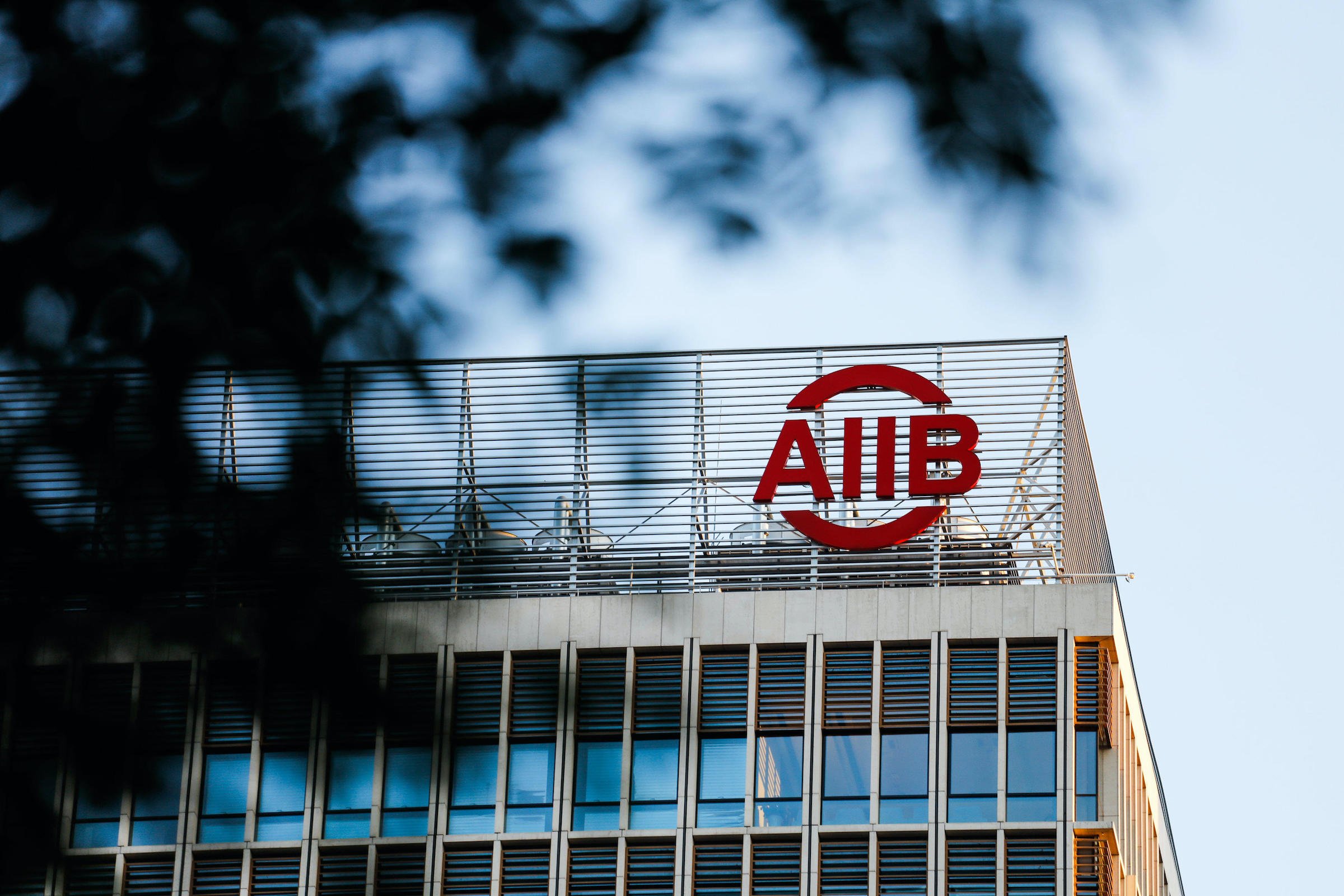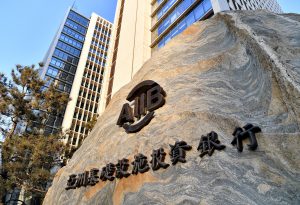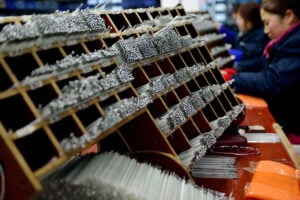Four years after it was established, the AIIB is reviewing the social and environmental standards that its investments must meet. This is an opportunity for the world’s newest multilateral development bank (MDB) to show that it is learning from early mistakes and setting a new course away from dirty, high-carbon investments.
Keen to prove it was joining the MDB ranks as an equal, the AIIB released its first Environmental and Social Framework (ESF) shortly after it officially opened in January 2016, following a brief consultation period. This was vital for the bank’s European shareholders, which needed to prove to their governments that the new institution was taking environmental and social issues seriously, and acting in line with their own policies.
European countries had rushed to join the AIIB almost a year prior to its official launch. The UK’s decision to apply for membership upset relations with the United States, which publicly questioned whether a China-led institution would be able – or willing – to meet the high standards of other MDBs, such as the World Bank.
What is the AIIB?
The AIIB (Asian Infrastructure Investment Bank) is a multilateral development bank that aims to support infrastructure development in the Indo-Pacific region. Its headquarters are in Beijing, China.
European countries now represent approximately 23% of voting power, with Germany being the AIIB’s fourth largest shareholder. The UK, France, Italy, Spain and the Netherlands also have substantial shares. It is not surprising that the first European prospective member, Luxembourg, was asked to host the AIIB’s first annual meeting outside of Asia in 2019.
Europeans made their mark in the top ranks at the AIIB early on. German-born World Bank veteran Joachim von Amsberg and former UK minister Danny Alexander both joined as vice presidents in February 2016, soon followed by French national Thierry de Longuemar, another MDB veteran. Germany was the first country to lead the AIIB’s Eurozone constituency at the Board (now led by France) and the UK leads the Wider Europe constituency.
Weak on climate
As both shareholders and civil society have pointed out, one of the key omissions in the ESF is clear and comprehensive language on climate change. From the start, AIIB president, Jin Liqun, announced that being “green” is a fundamental part of the AIIB’s mandate. But the institution has been slow to put this into practice. A key question for the ESF review is how the language can be strengthened to deter high-carbon investments and encourage low-carbon ones.
The proof is in the pudding. The language on climate change in the current ESF has left little mark on the AIIB’s investment portfolio. The ESF, for example, states that the AIIB should prioritise investments in “greenhouse gas emission neutral and climate resilient infrastructure”. But while the energy sector accounts for the highest share of the AIIB’s overall portfolio, for every $1 the AIIB has invested in renewables, it has invested at least twice as much in fossil fuels.
In 2019, Recourse and partners revealed that none of the AIIB’s investments in Bangladesh – a highly climate-vulnerable country – went to renewable energy projects. Instead, the country portfolio was heavy on fossil fuels. As of early May this year, over half of the value of the AIIB’s overall energy sector investments were in fossil fuels, in particular natural gas, against less than a quarter for renewable energy.
And this excludes financing via financial intermediaries – third parties such as private equity funds that on-lend to projects. Research exposed the World Bank’s private sector arm, the International Finance Corporation (IFC)’s heavy carbon footprint through financial intermediaries – ultimately pushing it towards significant measures to start closing the loopholes. In 2018, Recourse exposed that one of the AIIB’s first such investments was indirectly linked to both coal mining and burning of coal for industrial use.
Europe’s climate push
Climate change is a sticking point for European shareholders. They are desperate to avoid bad press on public finance going to fossil fuel projects, undermining both their own and shared climate and sustainability goals.
The AIIB’s 2017 Energy Strategy was a huge disappointment, as European pressure failed to get the AIIB to ban coal or even introduce meaningful language or measurements that would lead the AIIB onto a low-carbon pathway. For example, while the bank measures the greenhouse gas emissions it reduces through its projects, it will not measure those added by its investments.
It is therefore unsurprising that climate is a priority for European countries in the revised ESF. They are also prioritising climate metrics to allow for effective measurement of what it means for the AIIB to be green in the AIIB’s draft new Corporate Strategy, which the bank is developing behind closed doors and which the Board is expected to approve in September.
European countries have a lot to live up to at the moment. In November 2019, the European Investment Bank (EIB) moved to the head of the MDB pack, as it announced that it will no longer support energy investments in fossil fuels from the end of 2021. But credibility on climate is not just critical for the European shareholders, but for the AIIB itself.
In 2017, the AIIB joined other MDBs, including the World Bank and the EIB, in efforts to align their policies and activities with the Paris Agreement. But beyond rhetoric, the AIIB has very little to bring to the table. Notwithstanding the weaknesses in the ESF, in contrast to other MDBs, it lacks a climate strategy or action plan that sets out what it seeks to achieve in a meaningful, comprehensive and transparent way.
The UK has particular reason to be concerned. As host of the next global climate talks, which have been postponed a year to November 2021, it is vital that its track record is not damaged by ownership in fossil fuel-heavy institutions. The UK’s commitment to lead by example could be undermined if the AIIB fails to improve. The MDBs are expected to report progress on their Paris-alignment efforts at a high level summit in Paris in November, originally scheduled to coincide with the climate talks. This gives the AIIB six months to prove it is not just in the group for the photos.
There are more challenges ahead. This summer, the UK will hand over the Wider Europe leadership to Poland, which is resistant to ending the dominance of fossil fuels and is widely seen as a blocker of more progressive climate targets in the European Union. Poland has been quiet in the AIIB context so far but a more prominent role will no doubt change this.
Like the AIIB Corporate Strategy, the Board is expected to approve the new ESF in September. This may not provide enough time for a fully fledged climate strategy but the AIIB can at least signal higher ambition. The AIIB will release the new draft ESF for public comment this June, but according to internal sources European shareholders have warned the bank that they are not prepared to sign off on a final version unless it addresses issues, such as climate, in a meaningful way even if it takes longer.
Stepping up on climate could also see the AIIB begin to lead in another context. As MDBs grapple with their response to the Covid-19 pandemic, Europeans in particular have been calling for MDBs to “build back better” as countries seek to deal with the crisis and plan recovery from the impacts. Strong climate-friendly responses are needed both for the pandemic recovery and the impending climate crisis. If it plays its cards right the AIIB could spearhead action for a sustainable and just recovery.








